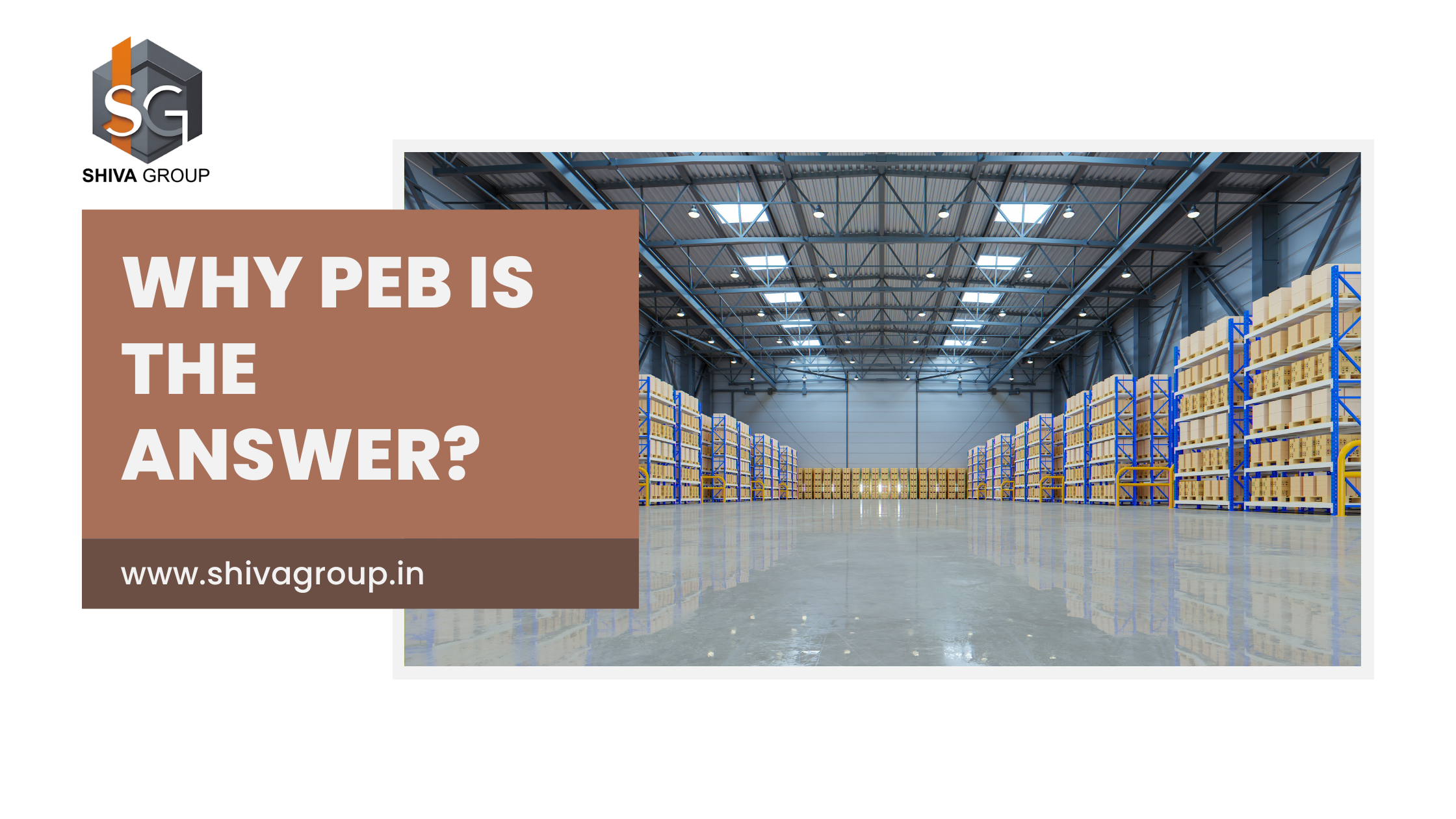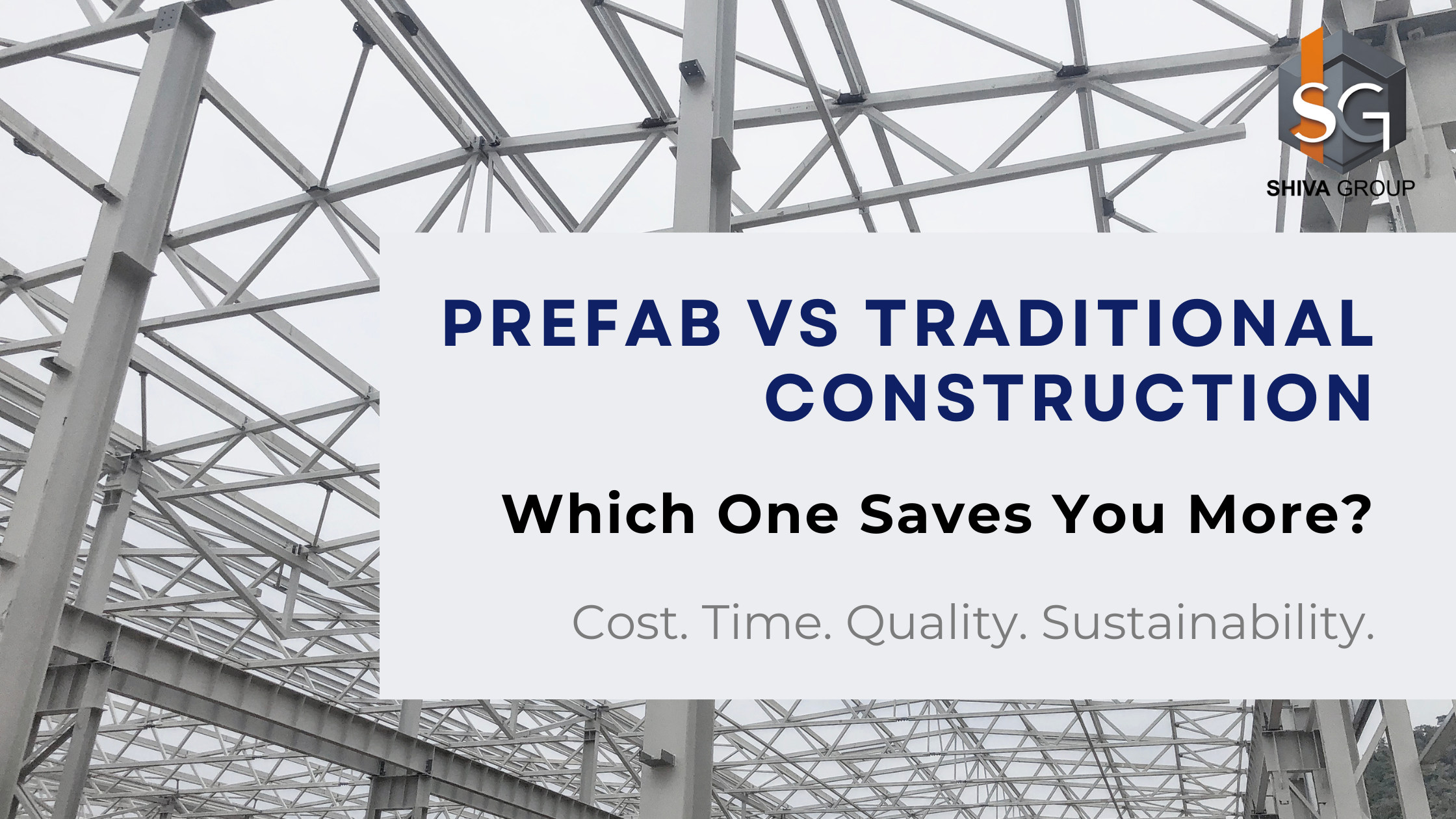How to Plan an Efficient Warehouse Layout
Planning an efficient warehouse design layout is critical for operational success. Whether you’re expanding, relocating, or starting a new facility, the right layout can dramatically improve productivity, reduce costs, and streamline logistics. This guide covers the key principles and actionable steps to help you plan your warehouse layout efficiently. Why Warehouse Design Layout Planning Matters A well-designed warehouse layout directly impacts how quickly and accurately your team can store, pick, pack, and ship goods. Poor planning leads to wasted space, longer travel times, inventory mismanagement, and unnecessary operational costs. That’s why investing in strategic warehouse design layout planning from the start is essential. Step-by-Step Guide to Warehouse Layout Planning 1. Define Your Objectives Before you start sketching layouts, identify your warehouse goals: Clear objectives help shape decisions regarding equipment, racking systems, and workflow paths. 2. Understand Your Inventory Flow Map out how goods move from receiving to storage, then picking, packing, and shipping. This helps eliminate bottlenecks and reduces unnecessary back-and-forth movement. Focus on: Design the layout so that product movement is linear and logical. 3. Analyze Your Space Every square foot counts in a warehouse. Assess: Maximizing both horizontal and vertical space is crucial to ensure a balanced design. 4. Segment Functional Areas Create designated zones for: Zoning not only boosts efficiency but also enhances safety and compliance. 5. Choose the Right Storage Systems Your storage system must align with the type, volume, and velocity of your inventory. Common options include: Ensure the system allows for easy access, stock rotation (FIFO/LIFO), and future scalability. 6. Design for Safety and Compliance Include clear signage, fire exits, safe walkways, and ventilation systems. Maintain proper aisle width to allow smooth equipment movement and avoid collisions. Safety shouldn’t be an afterthought—it must be part of your core design. 7. Incorporate Technology Smart warehouses rely on tech integrations like: Designing your layout with these technologies in mind helps reduce retrofitting costs later. Transform Storage into Strategy A strategic approach to warehouse design layout planning can transform your facility into a streamlined, scalable, and cost-effective hub. It’s not just about placing shelves—it’s about optimizing workflow, safety, and space to support your business growth. Connect with Our Architects Need help designing your warehouse layout? Our in-house architects specialize in industrial and logistics spaces. From concept to execution, we ensure your warehouse design meets your operational goals and grows with your business. Get in touch at sales@shivagroup.in or call +91-7290017109



